
Welcome to the
Prestonpans 1745 App.
Choose from the slide-out menu (top left icon), search for a tapestry panel or scan a QR code using the top-right icon.
SCAN A TAPESTRY QR CODE
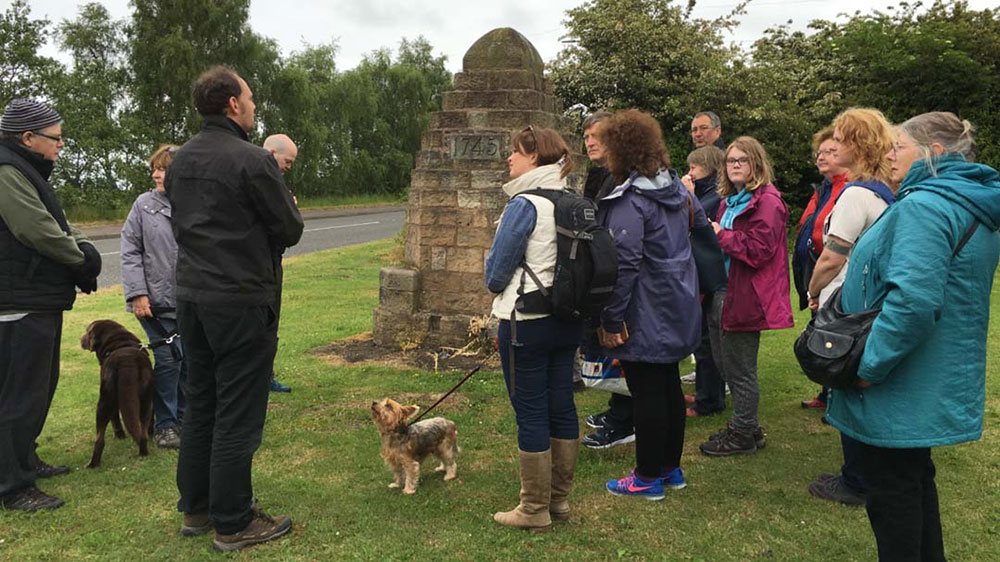
Battlefield
Explore the landscape of the famous battlefield with our expert guide, visiting the key locations and monuments. Let us show you around this unique historic site and help you to walk in the footsteps of the brave soldiers of 1745. Walking tours can be tailored to all ages, and are ideal for history societies, walking groups, and Outlander fan clubs! To find out more contact: ajohnston@battleofprestonpans1745.org
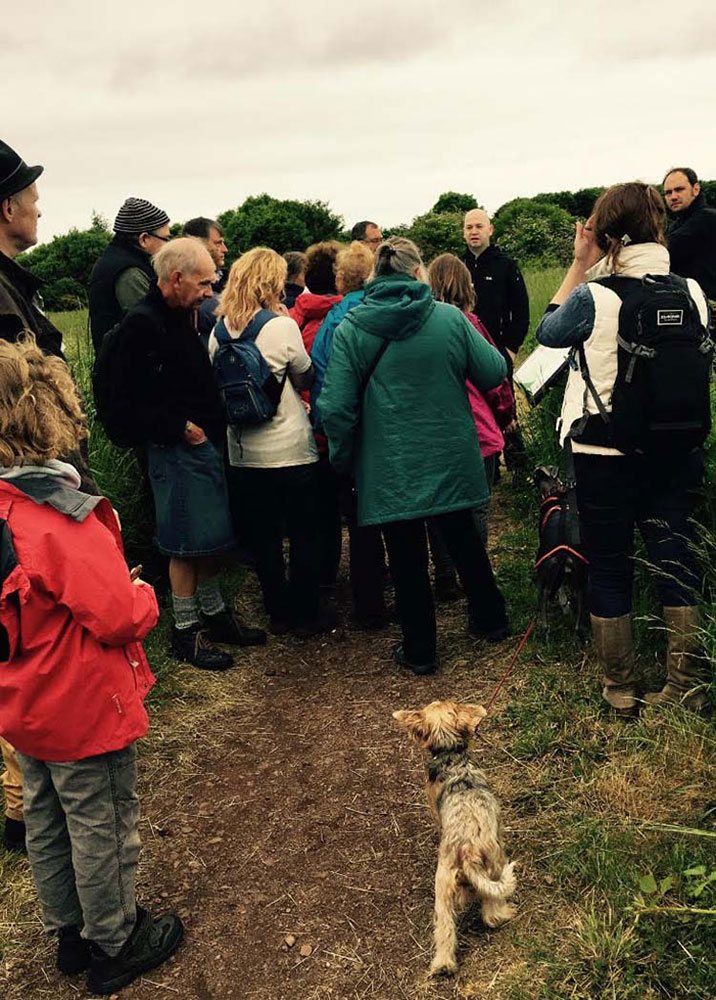
Waggonway: Walk the 1722 Waggonway with our knowledgable guides to gain a detailed picture of the 18th century industrial landscape which gave rise to Scotland's first railway. Walkers will learn the full story of the Waggonway and additionally its role in the 1745 Battle of Prestonpans. Bookings can be made by arrangement by emailing ed.bethune@btinternet.com
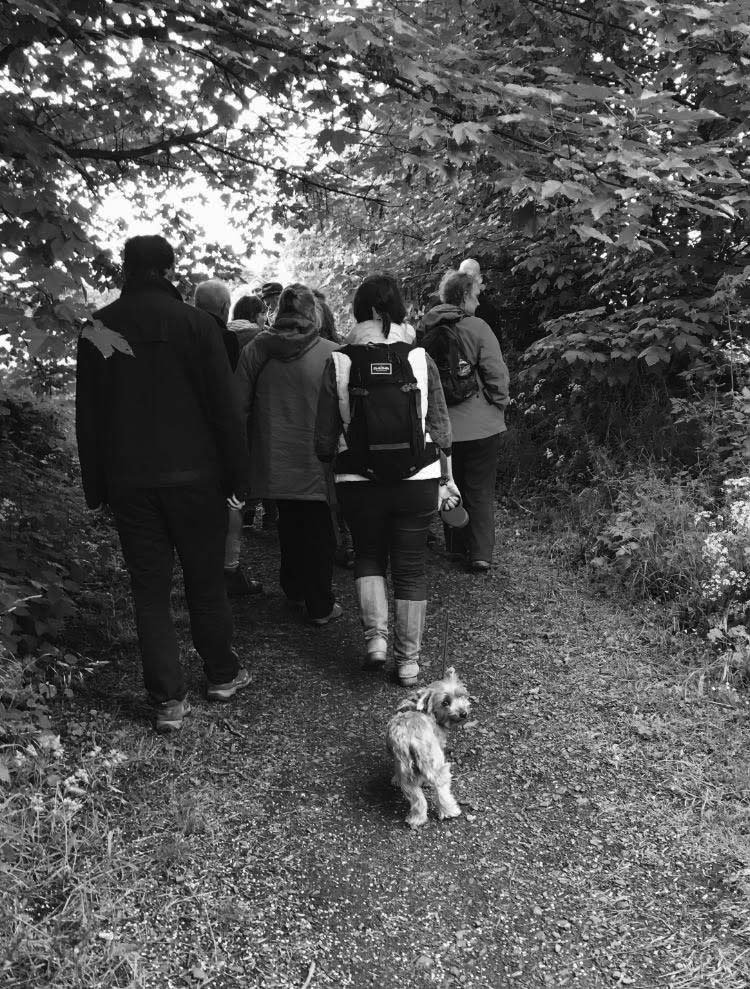
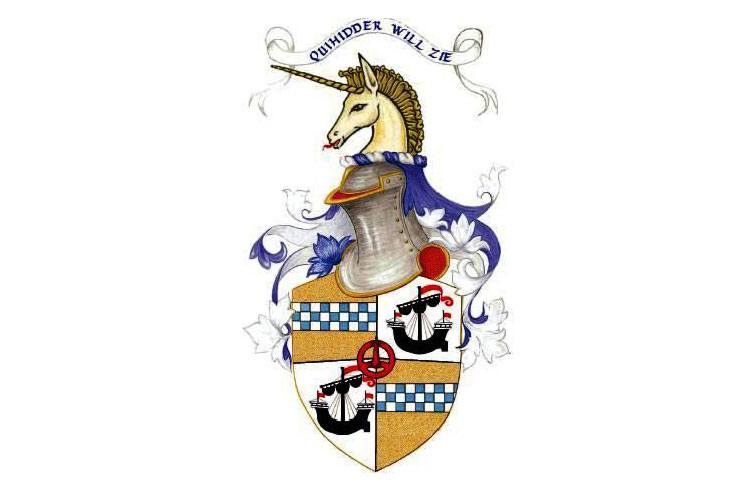
Alan Breck’s Regiment
In 2007 the Alan Breck’s Prestonpans Volunteer Regiment was founded to provide support for the burgeoning programme of public events relating to the battle. Its founding members were enthusiastic local residents eager to participate in the commemorations, but over time its strength has grown and it now has members across Scotland.
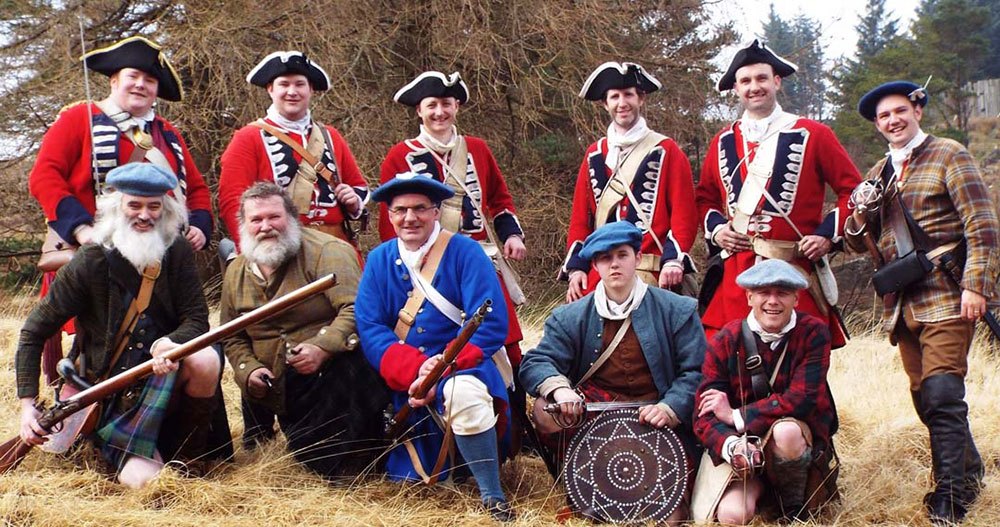
The Regiment today is one of Scotland’s leading battle re-enactment and living history societies, performing at events all around the country. It prides itself on a reputation for providing high-quality and engaging displays, mixing authenticity with enjoyment.
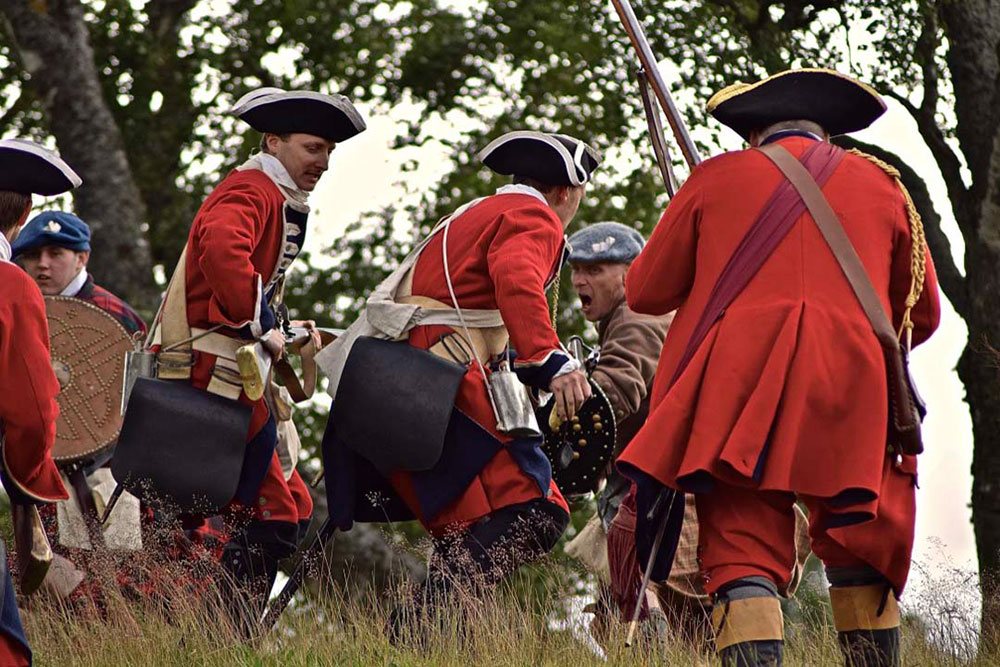
The society is named of course after Alan Breck Stewart, of Kidnapped fame, who is said to have fought as a redcoat at Prestonpans before returning to his true Stuart sympathies. The name symbolises that the Regiment’s members will perform as soldiers from either army as required. Its redcoat arm takes the role of the Edinburgh City Guard, whilst its Jacobites form a composite company of both Highlanders and Lowlanders. The Regiment is supported in the field by its civilians, making it a well-rounded and family friendly group to join.
If you would like to know more about the Alan Breck’s Regiment, including how you can join up, please visit their website:
www.alanbrecksregiment.org.uk
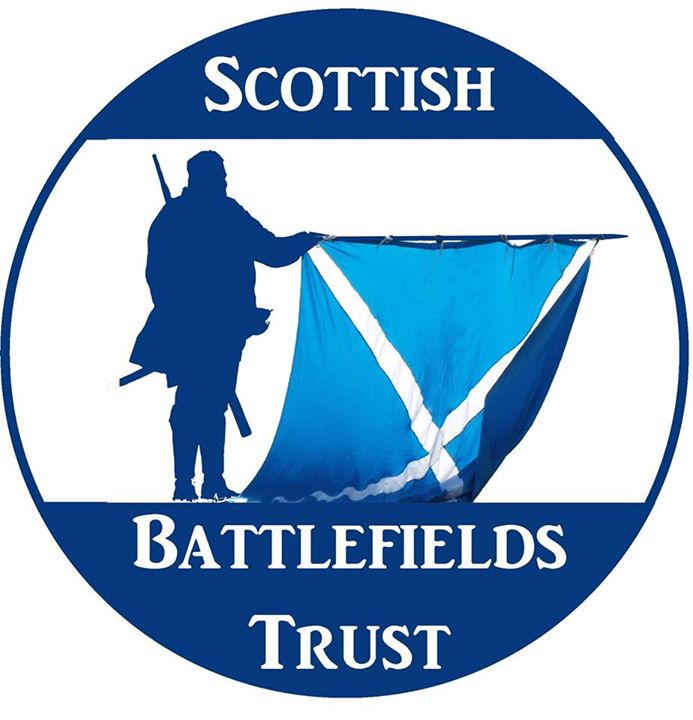
Our primary current objective is to continue creating a platform representative of as many Scottish battlefield sites and interest groups as possible.
We work to support and encourage the enhancement of our heritage, under three broad strategic actions:
Promotion: raising awareness, sharing information, and encourage the appropriate use of Scottish battlefields.
Interpretation: facilitating and supporting greater understanding of, interest in and access to Scottish battlefields through events, education and interpretation.
Protection: lobbying for more effective management of and greater protection for our battlefield assets, campaigning in aid of threatened sites, and opposing insensitive development and supporting appropriate enhancement.
To achieve our objectives, we need to demonstrate that Scottish battlefields are valued both locally and nationally, and that they are deserving of preservation. Building a strong base of support will help us to do so, so please consider joining us.
Membership of the Trust is open to all those who share our commitment to Scotland's battlefield heritage, and can be both individual memberships or society/institutional affiliations. Follow the link to find out more about each.

The Scottish Battlefields Trust was established following a symposium in October 2014, which brought together a broad forum concerned by recent development threats to historic battlefields.
The gathering agreed and signed the Accord (below) which called for the creation of an independent body to represent Scotland's battlefields. The words of the Accord have been adopted as the Trust's guiding principles.
The Accord
'We, the undernoted, on this Twenty-Fourth Day of October, anno domini Two Thousand and Fourteen, at the Fourth Biennial National Battlefields Symposium, held near the site of Prince Charles Edward Stuart’s famous victory at the Battle of Prestonpans, hereby proclaim and undertake that:
All the Battlefields of Scotland…
shall forever bear witness to the struggles and sacrifices which have forged the Scottish nation and the character of its people. They shall be protected, preserved and interpreted for the enduring benefit of current and future generations.
These sites of battles, sieges and associated military structures and events, shall forever be afforded the utmost care and consideration as befits their significance to Scotland’s rich heritage. Without exception they shall be recorded and protected from diminishing, damaging, intrusive or insensitive development. And proper reverence and respect shall be accorded to the burial sites of the fallen of all sides in each such conflict.
The preservation of Scotland’s battlefields and associated sites shall be to the benefit of their local communities, by whom they should be regarded as valued aspects of the local, as well as the national, heritage. The wishes of all communities and organisations seeking to honour this Accord shall be sought out and respected.
Scotland has an indivisible duty of care for its battlefields, and a responsibility to ensure their protection, interpretation, and conservation. To this end, the undernoted signatories shall make their best endeavours to establish a Scottish Battlefields Trust, to facilitate and oversee the implementation of the aims and objectives outlined in this Accord.’
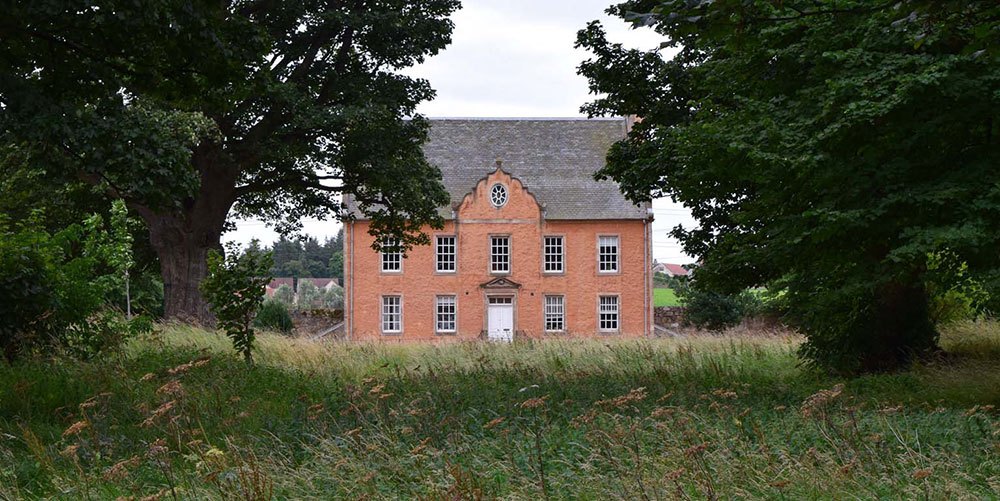
Bankton House Doo'cot
Colonel Gardiner bought Bankton House after his marriage to Lady Frances Erskine. It was their family home in the most settled years of the officer’s life. In more recent times Bankton suffered several major fires and was left ruinous until the late twentieth century when it was restored to its original appearance. During the restoration, the doo'cot building was set aside as a museum space and in 2016 was leased to the Battle of Prestonpans (1745) Heritage Trust. The doo'cot is the only part of the house which you can visit. Please respect the privacy of the residents.
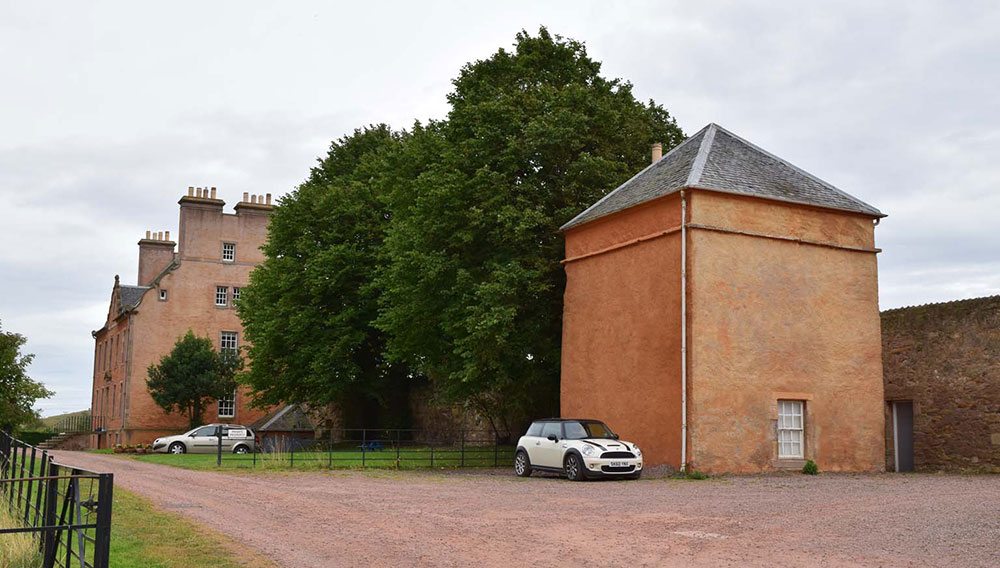
Inside Bankton Doo'cot you will discover the Colonel Gardiner Story, an audio-visual presentation which explores the role of the Colonel and his home in the Battle of Prestonpans. Please mind the steps as you enter, and be prepared to meet a new friend within!
To enter, it's worth knowing that Colonel Gardiner's birth and coincidentally, the year the last Stuart king was thrown out was: 1688
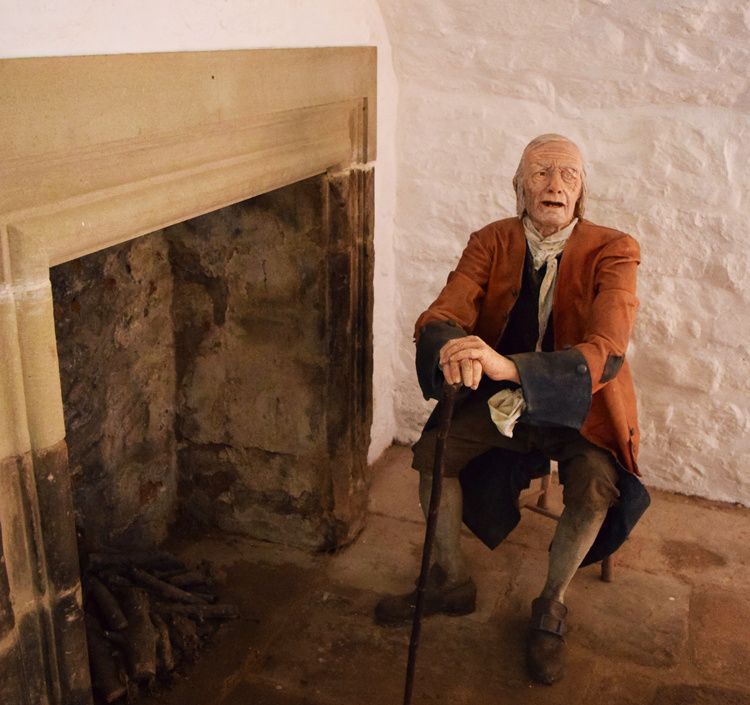
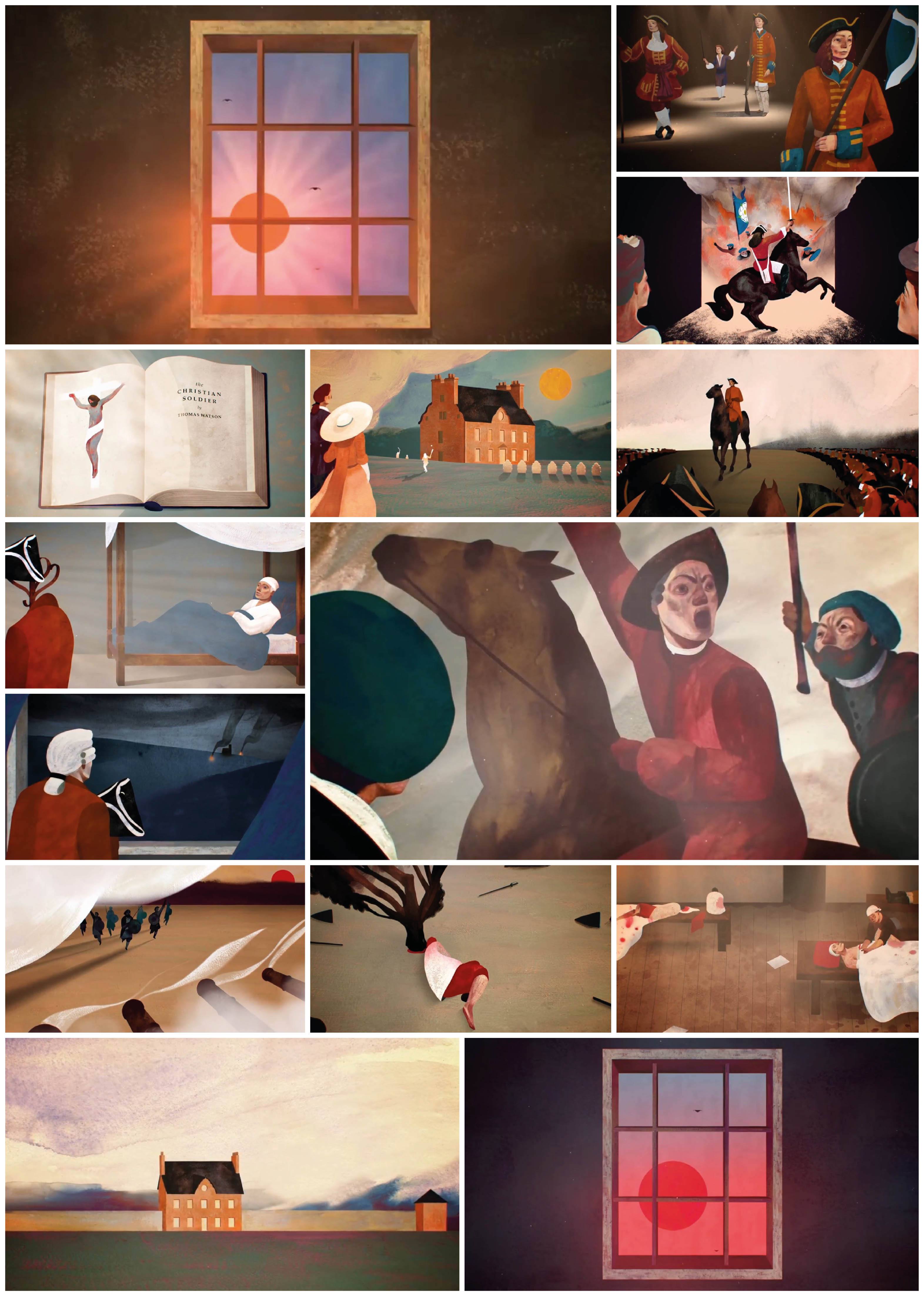
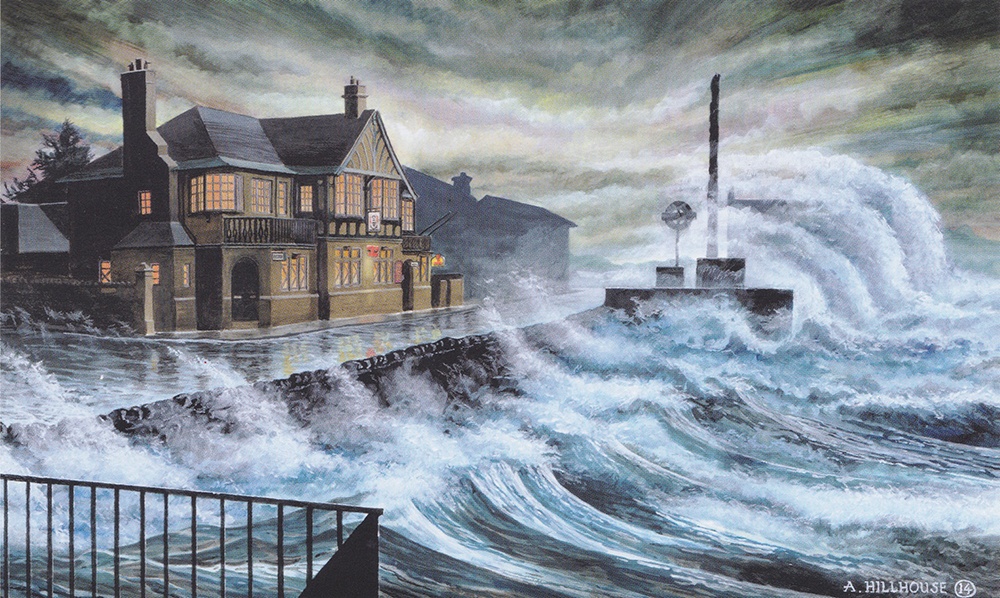
The Gothenburg
The Gothenburg [locally known as The Goth] is a 1908 arts and craft ales delight on the shores of the Forth. Good parking and wifi. It's the Hub for the 1745 Battle of Prestonpans Trust, the Scottish Battlefields Trust, the Prestoungrange Arts Festival, Murals Trail, Airts Burns Society and Fowler's Ales Microbrewery. It's home also to the town's 30ft Totem Pole, Witches and six more murals including John Muir on the shore.
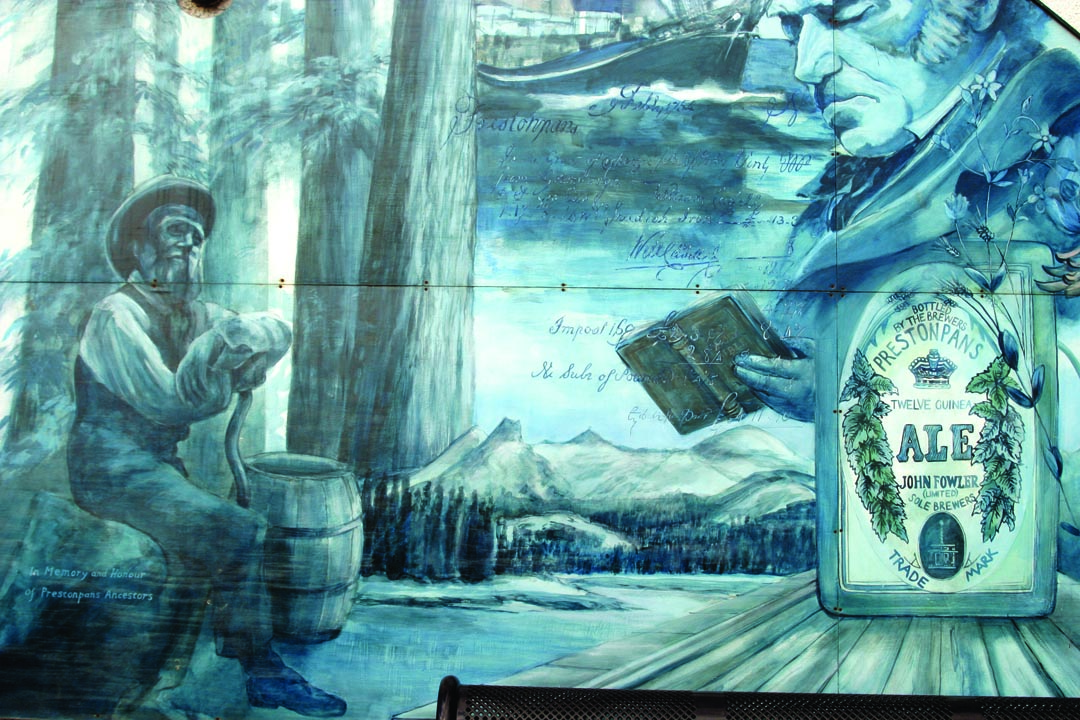
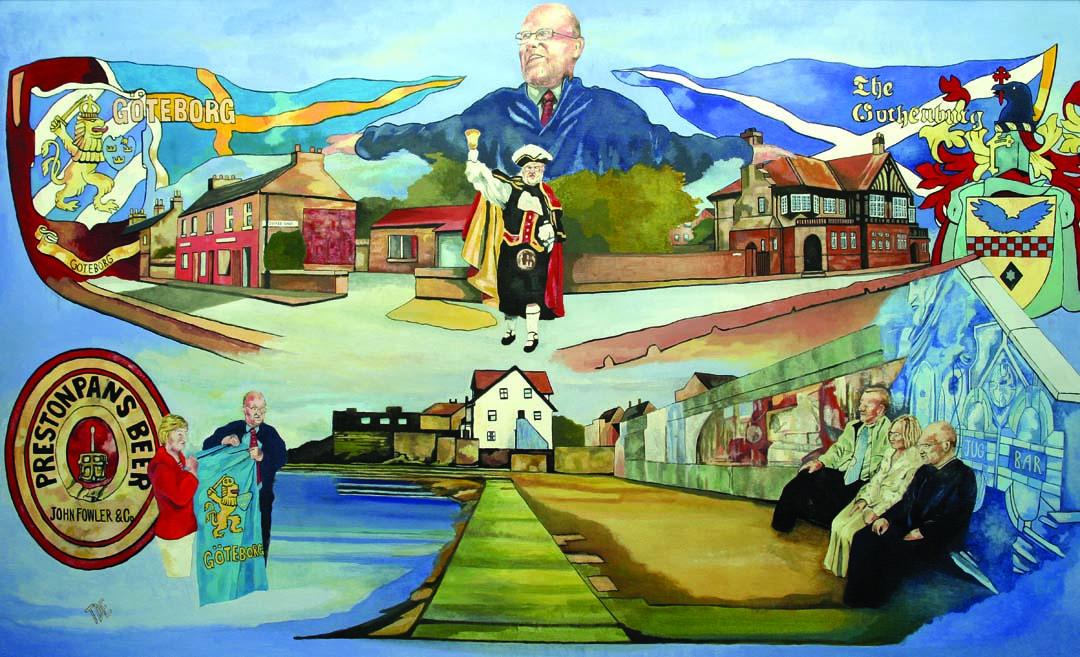
Warm welcome to all Walkers of course with classic Scottish craft ales brewed by Kentwood on the premises. Closed Mondays unless booked for a private function on 01875 819922; but open for lunches Tuesday-Sunday and also of an evening Thursday-Sunday. Saturday night music.
The Goth


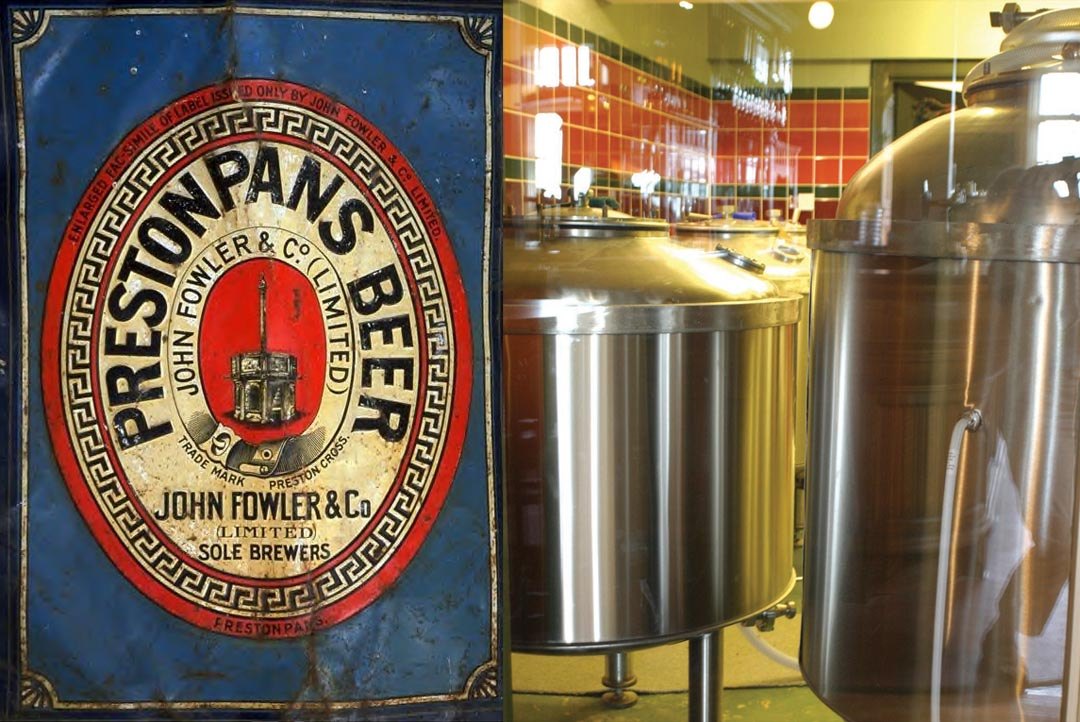
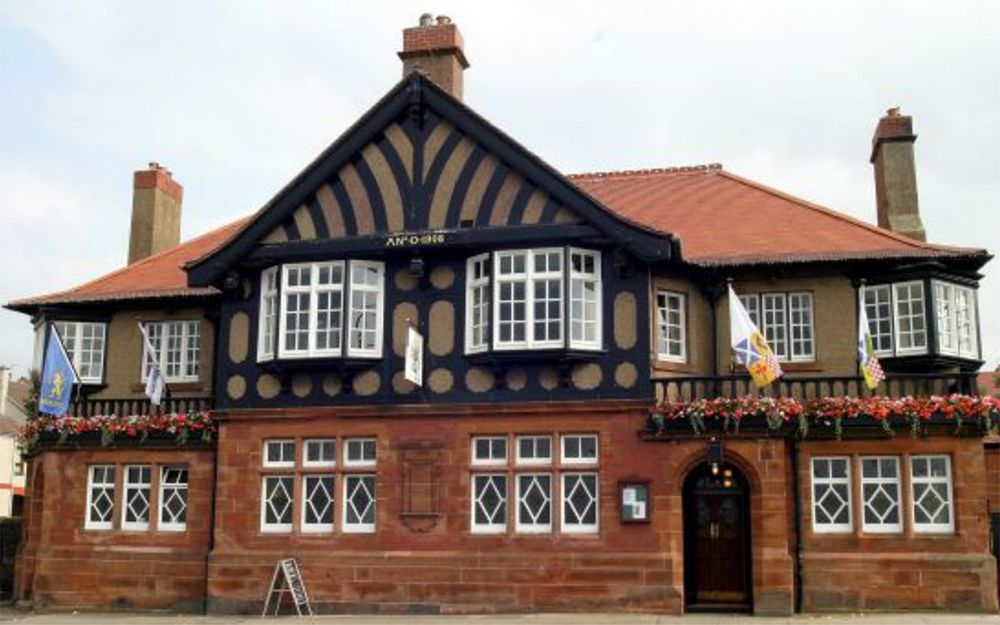
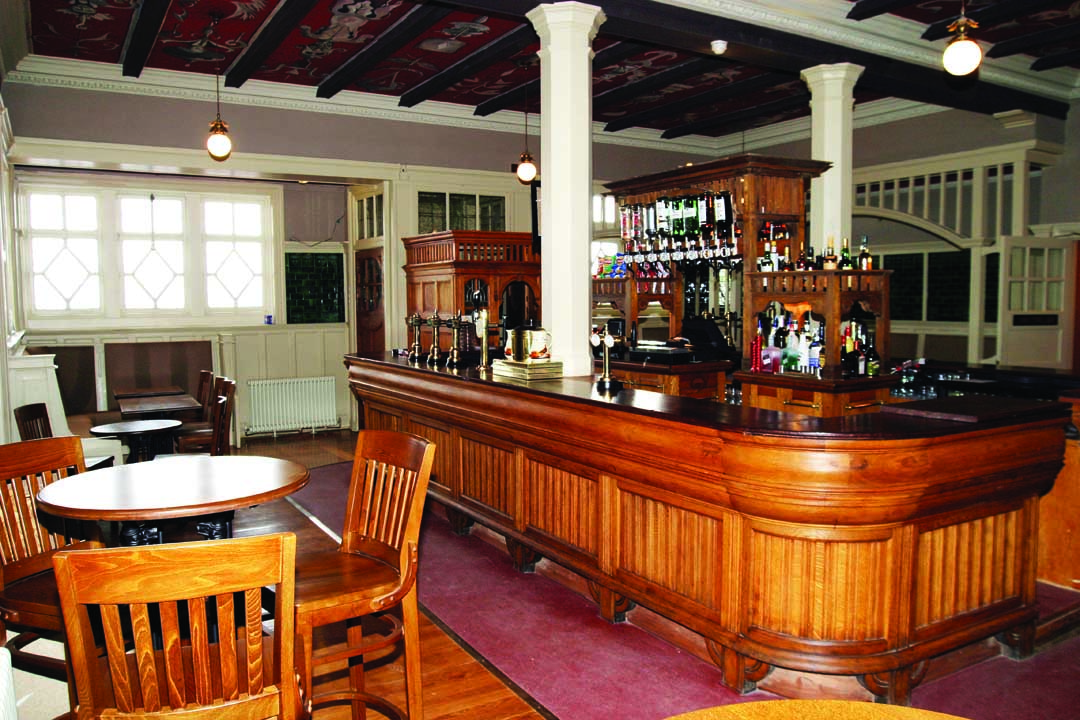
The Goth also features in the Scottish Diaspora Tapestry. A project to involve communities around the world in celebration of Scottish heritage and culture, the people and places which connect Scotland to its global diaspora. Scots have migrated all over the world and have often had a profound impact on the areas where they settled. This project brought together stories from such communities, documenting their Scottish connections in more than 300 embroidered panels. The Goth is the Tapestry's base when it is not on tour.
Scottish Disapora Tapestry APP

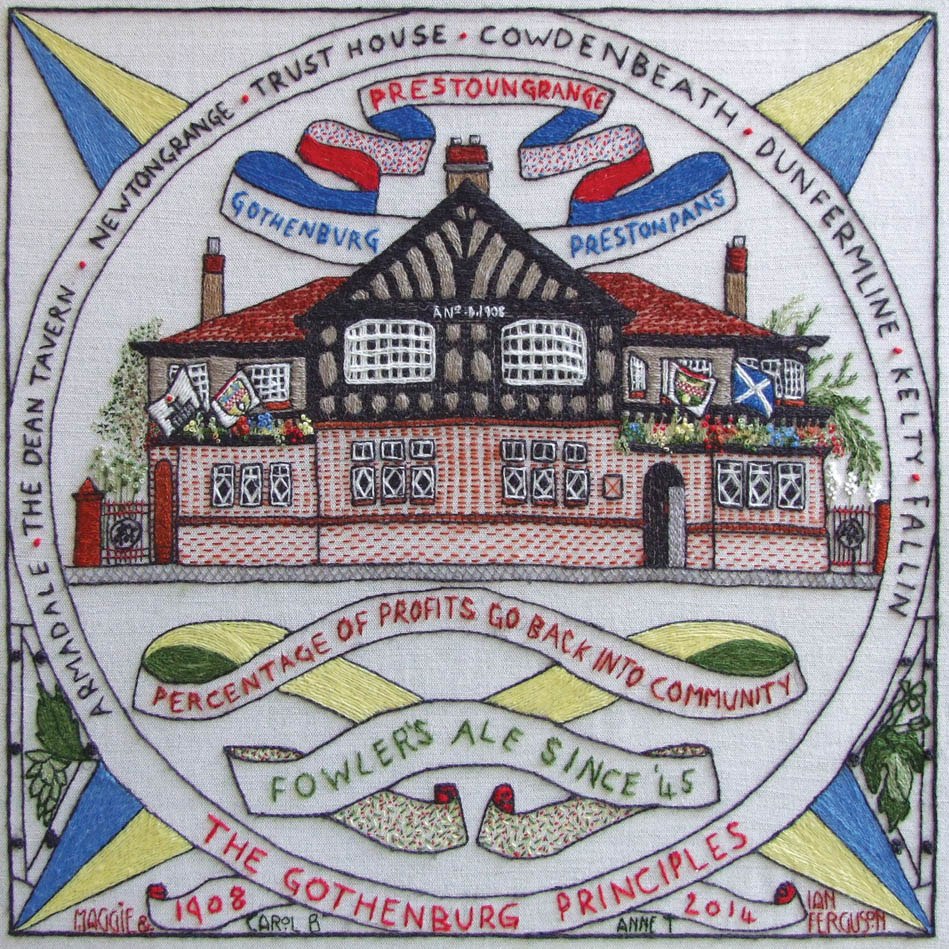
The Prestonpans Gothenburg
Scottish sailors visiting Sweden in the 19th century took note of Gothenburg’s ‘social enterprise’ approach to alcohol sale. Profits above 5% were returned to the community by law to develop amenities. These Gothenburg Principles then became popular for miners’ social clubs in Scotland, established by pit owners or philanthropists to encourage moderate drinking, reading rooms and sporting recreation. They were adopted by more than 60 public houses across Scotland although it seems only four still apply them today. The Prestoungrange Gothenburg returns its profits to Prestonpans’ community arts festival and acts as a home base for the Scottish Diaspora Tapestry.
Our Museum
Based in the Prestonpans’ victorian Town Hall building, our museum tells the story of the battle and its context. It contains an impressive diorama of the battlefield landscape, historical and archaeological artefacts, and two sections of the famous Prestonpans Tapestry. The sections of the Tapestry on display are changed every few months, to provide a regular change in the gallery and to limit the tapestry’s exposure.
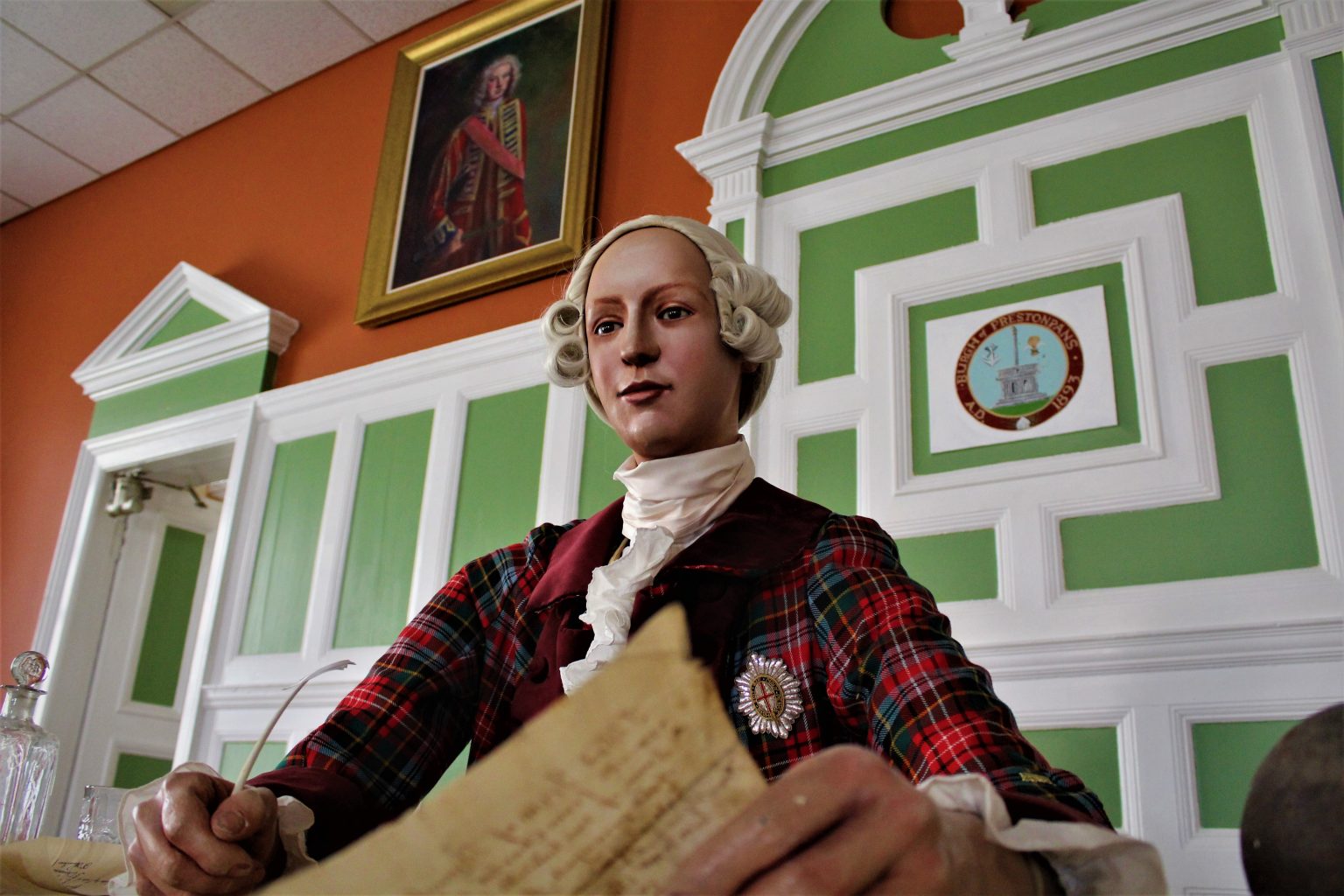
Jubilee Room
The Jubilee Room was once an ante-room accessed from the hall stage. It is named after the coincidence of its original opening in 1897, the year of Queen Victoria’s Diamond Jubilee, and its refurbishment in 2022, the year of Queen Elizabeth’s Platinum Jubilee.
The Jubilee Room is used for temporary exhibitions on a range of themes relating to our collection, our tapestries, and associated local heritage. Details of the exhibitions can be found here.
The Town Hall
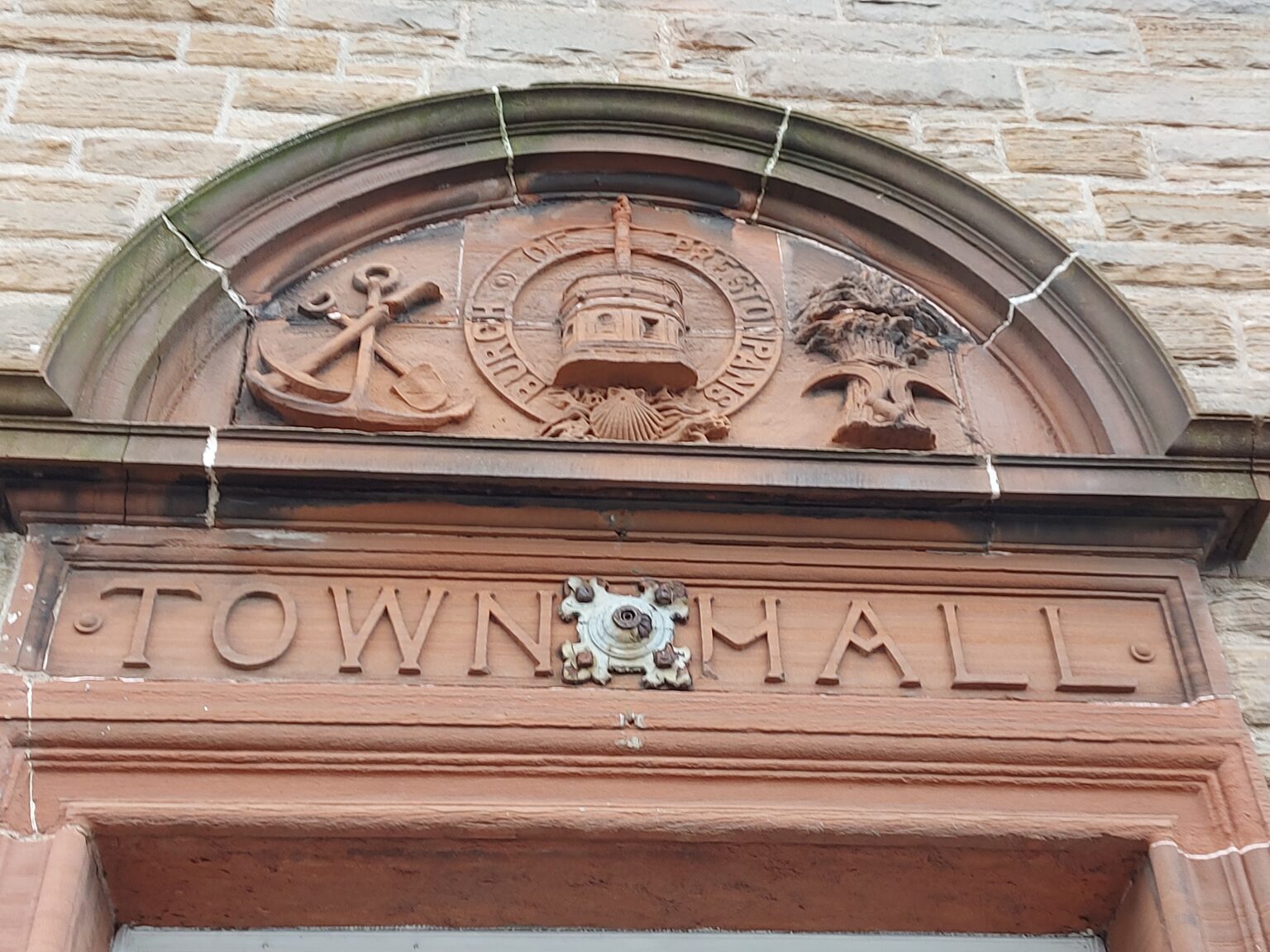
Prestonpans Town Hall was built in 1896 to designs by the local architect Peter Whitecross. The stone was sourced quarried in Edinburgh and Dumfriesshire, and local craftsmen carried out the work. The hall was officially opened in August 1897 by Richard Haldane, who was then the MP for Haddingstonshire (now East Lothian) for 26 years. Since it opened, the hall has been used for public meetings and social functions, and even as sleeping quarters for weary “soldiers” after re-enactments of the Battle of Prestonpans! We are currently collecting memories of the Town Hall, so please get in touch if you would like to contribute a picture or a story. The 125th anniversary of the Town Hall’s opening will be celebrated on the first weekend of August 2022.
Town Hall, High Street, Prestonpans, EH32 9AY
11am-4pm, Saturdays And Sundays
Group visits and school sessions available by arrangement
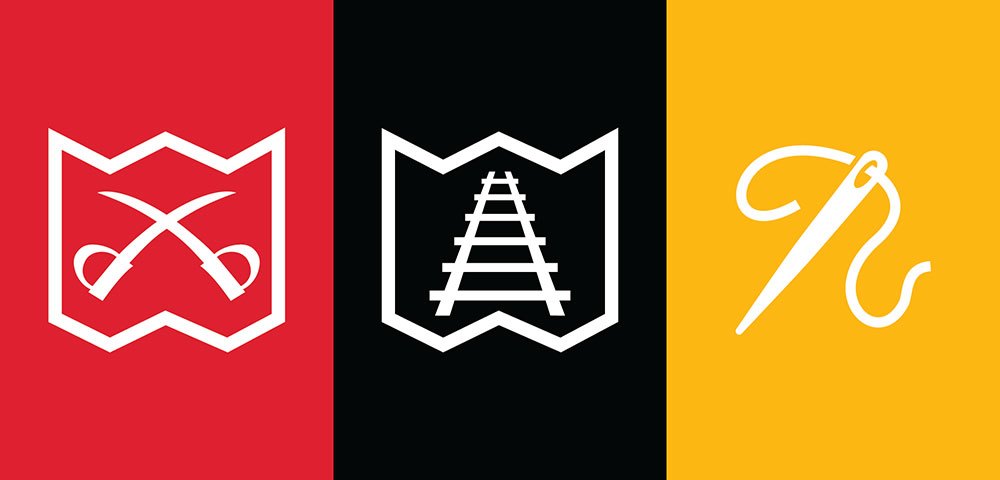
App Information & Credits
Prestonpans, is a small town 9 miles East of Edinburgh, that has a rich history dating back to the 1100s. It is best known for the battle that took place in 1745 between the Jacobites, led by Bonnie Prince Charlie, and the British Army led by Sir John Cope.
This App is a guide to the site of that battle in 1745; the Tapestry created in 2010 (one of the longest in the world at 104 meters) that tells the story of this Jacobite uprising; and the 1722 Waggonway that crossed the battlefield.
Your guided walking tour of the Battlefield and the Waggonway can start at any of the locations in this guide and you can choose which order to visit all the locations.
A good place to start the Battlefield Walking Tour is the Battle Bing by Meadowmill Sport Centre. From here you can get an overview of the battlefield from the top the Battle Bing, a pyramid shaped spoil heap created as a viewing platform in the 1960’s. You can also see the full sweep of the Waggonway from here.
For the Waggonway Walk you can start at either end it’s best to start either end but starting at the site of the Tranent Coal Gin means it’s downhill all the way to Cockenzie Harbour.
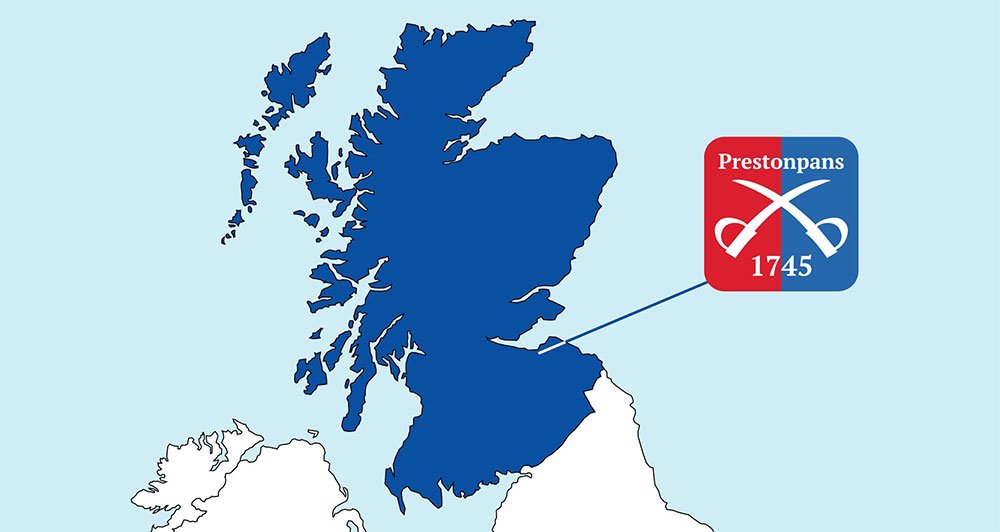
Prestonpans, Tranent & Cockenzie have good transport links.
If you’re traveling by rail Prestonpans Station is on the Edinburgh to North Berwick line and the west-bound platform is next to the Colonel Gardiner Memorial.
Lothian Buses, East Coast Buses and Prentice Coaches have services that go near all locations of the walking tours and run regularly throughout the week.
The John Muir Way also links up Prestongrange Heritage Museum, The Gothenburg, Cockenzie House and the Harbour, if you’re Walking or Cycling coast-to-coast!
The ‘Round the Forth’ National Cycle Route 76 goes through Prestonpans on its way along the coast from Berwick-upon-Tweed and Kirkcaldy. There are bike racks at Prestonpans Station and opposite Preston House (Community Centre).

Credits
Gordon Prestoungrange – Project Leader
Arran Johnston – Writer - Battlefield Walking Tour
Ed Bethune – Writer - Waggonway Walking Tour
Jean Migrenne – Translator - French
Beathag Mhoireasdan – Translator - Gaelic
TechnoVisual - App Design
Sponsors
Battle of Prestonpans [1745] Heritage Trust
Barons Courts of Prestoungrange & Dolphistoun
Bord na Gaidhlig
Coastal Regeneration Alliance
East Lothian Council
Paths for All
Viridor Credits

Songs
God Save the King – Sangstream Choir
Johnny Cope – Sangstream Choir
Lady Gardiner’s Lament – Coreen Scott
Photography
Waggonway photos – Ed Bethune
Battlefield photos – Arran Johnston
Painting & Prints
Battlefield scenes – Andrew Hillhouse
Portraits – Kate Hunter
Prince & Poet – Ronald Elliot
Colonel James Gardiner – John Taylor ('J.T.') Wedgwood, published by William Johnstone White © National Portrait Gallery, London
Archaeological Illustrations
Birds Eye View, Cockenzie Harbour; Quayside, Cockenzie Harbour; Unloading at Cockenzie Salt Pans; Before the Battle, 1745; The Pitheads, Tranent – Alan Braby
Video
Overview of the Battle of Prestonpans – HistoricUK, featuring Arran Johnston.
Please select language from the flags below.


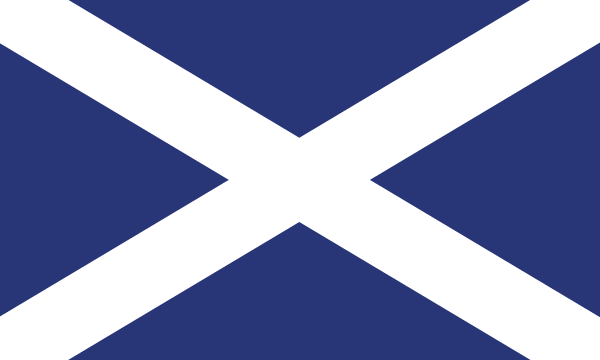
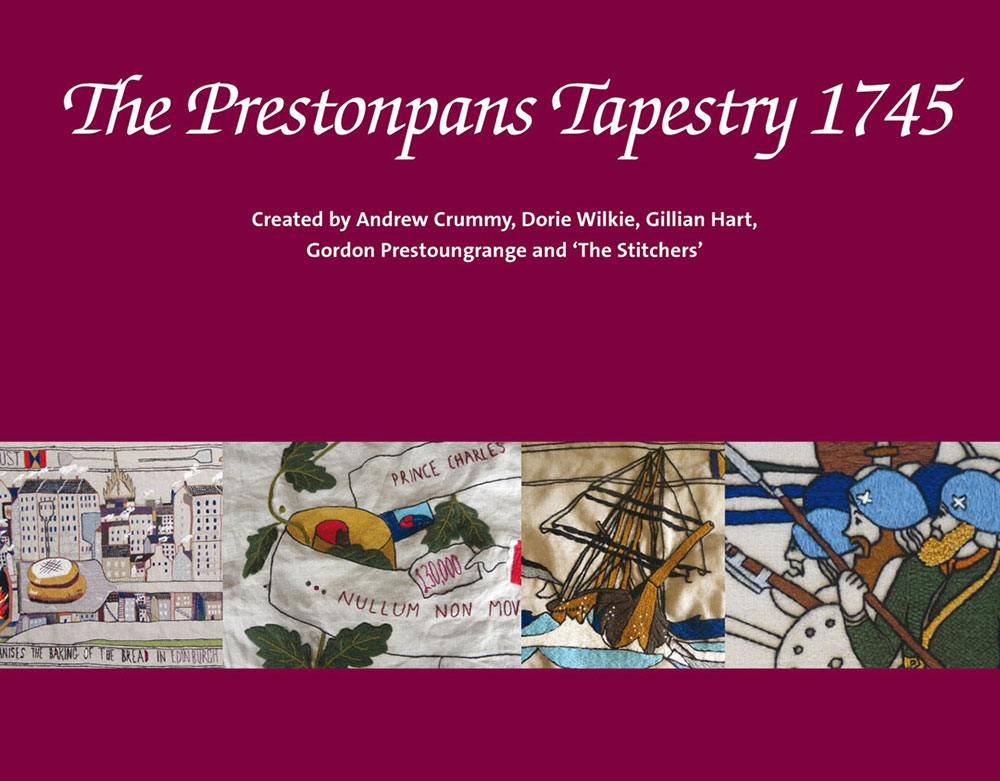
The Official Guide, other printed publications from this Tapestry and some delightful associated merchandise from our Arts Festival can be purchased at our Online Boutique. As a user of this APP a 10% discount is available by adding the discount code APP10 at checkout.
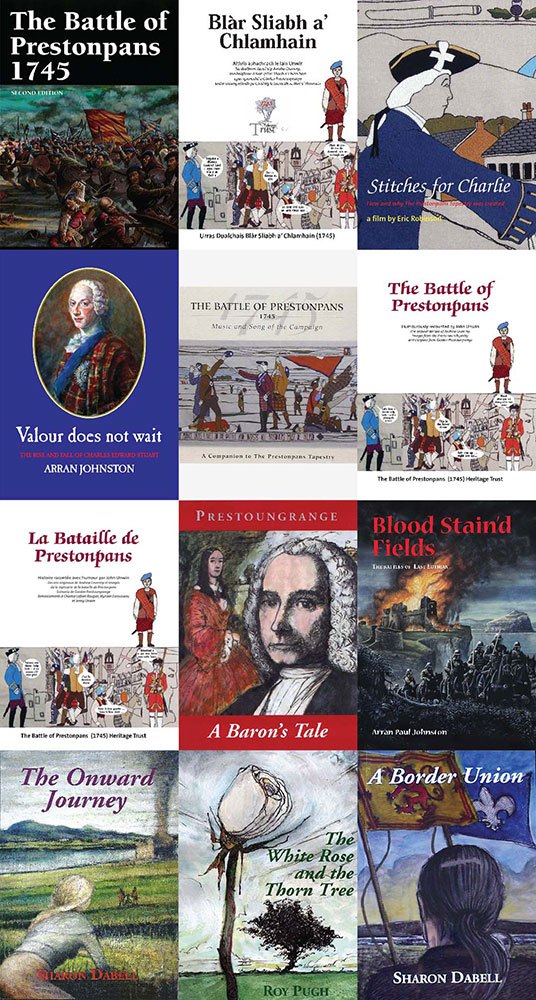

This exhibition of tapestries, its worldwide tour and publications, including this app, only exist because of the many volunteers involved, support from cultural institutions and donations from the public. If you would like to show your support for our maintenance programme and the eventual permanent home then please visit our online donations page by clicking the link below. Every little helps.
Thank you.
